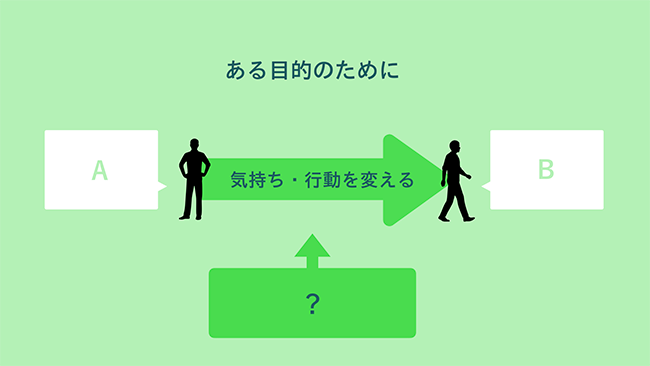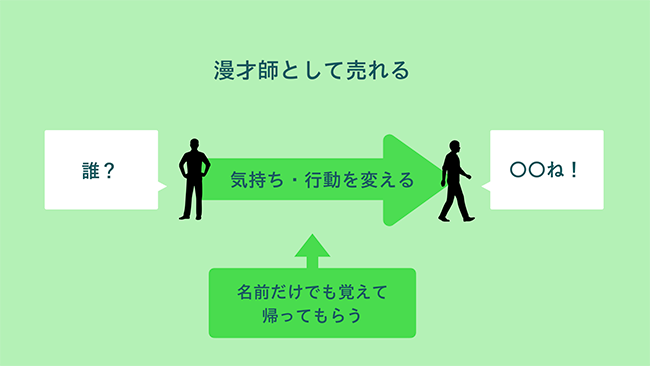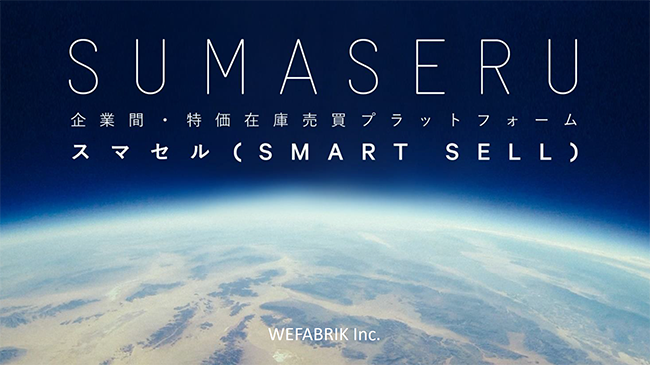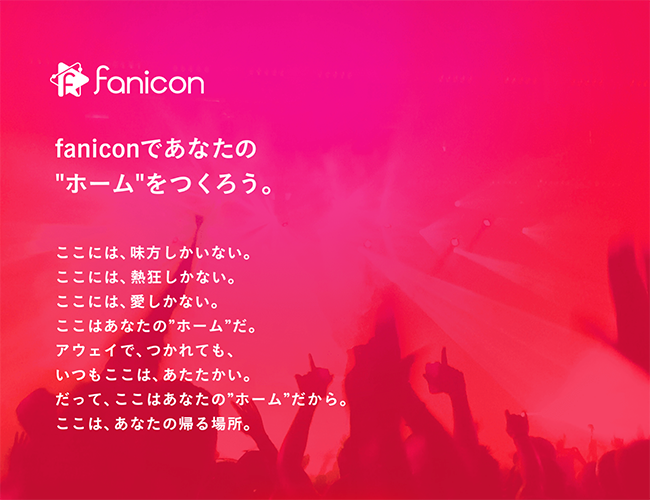Note: This website was automatically translated, so some terms or nuances may not be completely accurate.
How to transform "It's too [something] to get across!" into a form that does get across
I'm Kei Suzuki, a copywriter. I lead " TANTEKI," a service that designs how companies "communicate what they want to say" in a way that "gets the message across."
Since publishing my 2017 column introducing TANTEKI, titled "How to Shift Indifference to 'Maybe I'll Give It a Listen'," many clients have reached out.
Listening to the concerns of about 100 startups and business development managers, I've noticed several common patterns in the frustration that "the strengths of our service or technology aren't getting across." This time, I'll address three particularly common patterns of this frustration that I've noticed recently.
*This article is based on a seminar conducted by TANTEKI during the "Blockbuster TOKYO" acceleration program by Beyond Next Ventures.
【Table of Contents】
▼Finding the "Minimum Viable Message"
▼Concern 1 : Passion Overwhelms the Message
▼Concern 2: The Technology Is Too Complex to Communicate
▼Concern 3: Misunderstandings prevent your message from getting through
▼Summary: Once You Solidify Your Core Message, You Can Handle Any Situation
Find the "minimum acceptable message"
TANTEKI is a service that designs your business into a concise, easily understandable form for anyone—essentially prototyping your communication. For details, visit the TANTEKI official website.
So, what exactly is "effective communication"?
To get right to it, for this column, just remember this diagram.

In communication, "conveying" means, as shown in the diagram above,
changing feeling A into feeling B for a specific purpose.
.
- Who do you want to convey it to?
- How do you want them to feel?
- What do they currently think?
While this is standard practice in advertising communication, at TANTEKI we start by "organizing" these elements. After clarifying "Who should think what for success?", we move on to "How do we change that?" (i.e., the idea. The "?" part in the diagram above).
Another crucial point in communication is not to be too greedy. From the communicator's perspective, it's natural to want to convey
- this service is so groundbreaking,
- uses such amazing technology,
- and holds such significance
But from the listener's perspective, there's a huge gap—they're thinking, "Who cares?" ( See the 2017 column ). The goal of "wanting everything to be understood" is simply too distant.
So what do you do? You set a "win condition" – "If just this much gets across, that's good enough for now."
You know how comedians often say, "If you just remember our names today, that's all we ask!" When they say "just remember our names," the audience lowers their guard and gets into a "listening mindset."

In presentations too, simply saying, "I'd be happy if you could just remember this one point today," makes it easier for the audience to accept.
Building a brand is actually this process of accumulation. Starting from a state where everyone is completely unfamiliar with your novel service or technology, you gradually shift their mindset by consistently communicating "this is what I want to convey today."
Now, let's look at the "not getting through" concerns.
Problem 1: Your passion is too intense, so it doesn't get through
A common trope in startup proposals and presentations is "the Earth appears."
● Case of WEFABRIK

The image above is the cover of a business plan for a startup called WEFABRIK. It's an easy-to-understand example, so I'll introduce it.
This proposal introduces "SMASELL," a B2B marketplace for the textile and apparel industry that facilitates the sale of otherwise discarded fabric and clothing inventory. While preventing fabric from being thrown away and enabling its reuse ultimately benefits the planet, conveying that message feels like a huge leap. Anyone seeing this "We're saving the planet!" cover would think, "Whoa, that's intense!"
When I interviewed the CEO about his vision for SMASELL, he shared this story: "Working at a textile trading company, I saw mountains of discarded fabric piled high in the warehouse and felt compelled to find a way to give it new life."
So, centering on this president's vision and settling on "if we can get this message across, that's good enough," the copy I wrote is as follows:

There's much left unsaid – "What exactly is this technology?", "What makes it groundbreaking?", "What's the ultimate goal?" But if WEFABRIK's passion for fabric comes through, that's good enough for now. We focused on making investors and apparel industry stakeholders think, "This person has a deep passion for fabric," and "They won't give up easily."
It was an example of cooling something too hot to eat down to a manageable temperature.
Problem 2: The technology is too complex to communicate
This is another common startup pitfall. We often see materials and presentations that end up sounding like academic papers. It's a pattern where people try too hard to "prove they're right."
To truly communicate, we needed to clarify:
- Who do we want to reach, and how do we want them to feel?
Even if you prove the technical correctness, how will the audience feel? Will they achieve their goals?
Let's look at two examples where the technology was too complex.
● The case of MOTION LIB
The startup MOTION LIB is developing a technology called "Real-Haptics technology." What is it?
Technology that lets you feel the hardness and texture of distant objects
That alone might not make much sense. So, we organized our approach, setting the goal to communicate not the "technology itself" but its "groundbreaking nature." To convey this groundbreaking aspect, the order of presentation is also crucial.
- A: "The truth is, current robotics technology can't even grasp soft items like sushi or cake with just the right amount of force without breaking them."
- B "Real-Haptics makes that possible."
If we jumped straight into explaining the technology that achieves B in detail, the groundbreaking nature wouldn't come across. By conveying A first, B becomes easier to understand.
We defined success as achieving this: "I don't understand the technical brilliance, but come to think of it, this technology is necessary."
We then combined A and B, added the tagline "Gentle Power for the World," and created the video.

As a result, the developer professor told us, "Showing this video before explaining makes things incredibly easy." Even for a technology with broad potential, if you can convey the most important point concisely, you can then adapt your conversation based on the audience—whether diving into technical details, discussing market potential, or adjusting the content as needed. It's very convenient.
●The Case of AdipoSeeds
The startup AdipoSeeds,
can produce platelets from so-called mesenchymal stem cells, not iPS cells.
This is also challenging, right? So we again organized our thinking around the question: "Who do you want to understand this, and to what extent?"
After discussions, it became clear they wanted to explain the difference to people who already know a little about iPS cells. We crafted a mission statement tailored to that requirement.
・Creating platelets from fat to establish new blood flow
・An aging society is a society facing blood shortages. Aging means more generations needing blood. Aging means fewer young people donating blood
First, we make the target audience aware that "platelets will become scarce." We explain the importance of platelets, and then communicate the difference between AdipoSeeds' technology and iPS cells.
AdipoSeeds has developed groundbreaking technology to cultivate platelets from mesenchymal stem cells without complex, costly genetic engineering.
This text is designed to make people who know a little about iPS cells understand that "this is different from iPS cells." People often say "simpler is better," but it's worth considering "simpler for whom?" Depending on the literacy level of your intended audience, using specialized terms like in this case can sometimes be "simpler" and more effective.
Problem 3: Misunderstandings prevent your message from getting through
Finally, there's the classic startup problem: being dismissed with "Oh, it's just another [type] of thing."
●In the case of fanicon
fanicon is a platform for idols, talents, and artists.
When we first saw fanicon's videos, watching viewers rapidly tap a "Like!" button-like feature causing heart-shaped pop-ups, our TANTEKI team got excited: "This is super fun! Fans can support idols like this!" However, that wasn't actually the service's core selling point.
In this case, we were immediately shown the "physical" aspect of the service, leading us to jump to the conclusion that it was similar to video streaming platforms we already knew.
So what kind of service is it? Actually, fanicon isn't an open SNS with high anonymity; it's a closed service, like a fan club where you can see each other's faces. It's provided as a highly secure space created solely by the streamer and their fans.
The creators, aware of the service's groundbreaking nature, thought, "Showing the actual thing will make it clear, better than explaining." But the recipients, influenced by preconceptions, compared it to existing services, thought, "Oh, it's like XX," and stopped thinking further, becoming unwilling to listen.
This is another example of how the "order of communication" can make the message harder to convey.
In this case, we defined the framework: if traditional video streaming platforms where creators compete are the "outside," then fanicon is the "inside." Rather than showing the UI or UX first, we decided to highlight this core characteristic upfront.
Specifically, we created the copy "Build your 'home' with fanicon," clearly conveying the image: "It's not a place to compete with other streamers, but a safe home for enjoying fun interactions with fans."
- Using the word "home" to clearly differentiate from other platforms
- Then, we showed the actual UI/UX.
Presenting it in this order prevents misunderstandings. Viewers' heart-spamming becomes something to build their home— .
Summary: Once the core message is solidified, it can adapt to any situation
The most crucial takeaway here is to first clarify and solidify "who needs to understand what for success." All subsequent actions stem from that solid foundation.
- "The passion is too intense to get through" → Cool it down to a more digestible temperature
- "The technology is too complex to get across" → Focus on "breakthrough potential" and "necessity" rather than technical sophistication.
- "People jump to conclusions too quickly, so the message doesn't get through" → Consider the order of presentation. Show the theme before the actual product.
For consultations, contact TANTEKI!
Was this article helpful?
Newsletter registration is here
We select and publish important news every day
For inquiries about this article
Back Numbers
Author

Suzuki Kei
Dentsu Inc.
6th CRP Bureau
Group Creative Director
Recipient of numerous awards including the 2006 TCC Newcomer Award, 2011 Cannes Lions Media Bronze, and 2014 Yatte Minahare Keizo Saji Award. Leader of TANTEKI, which verbalizes and visualizes startup value.



